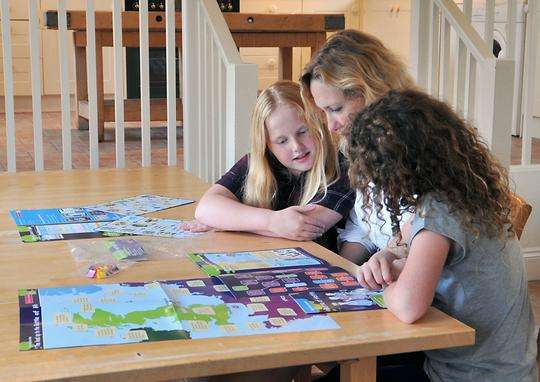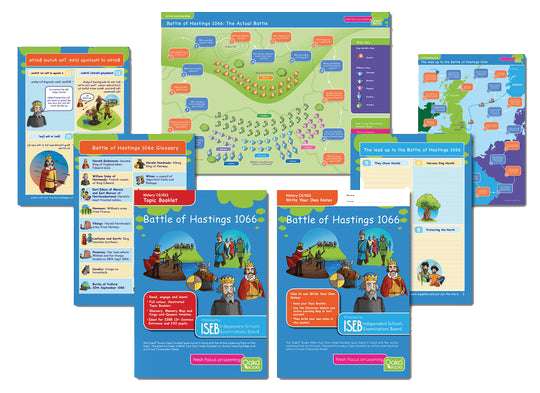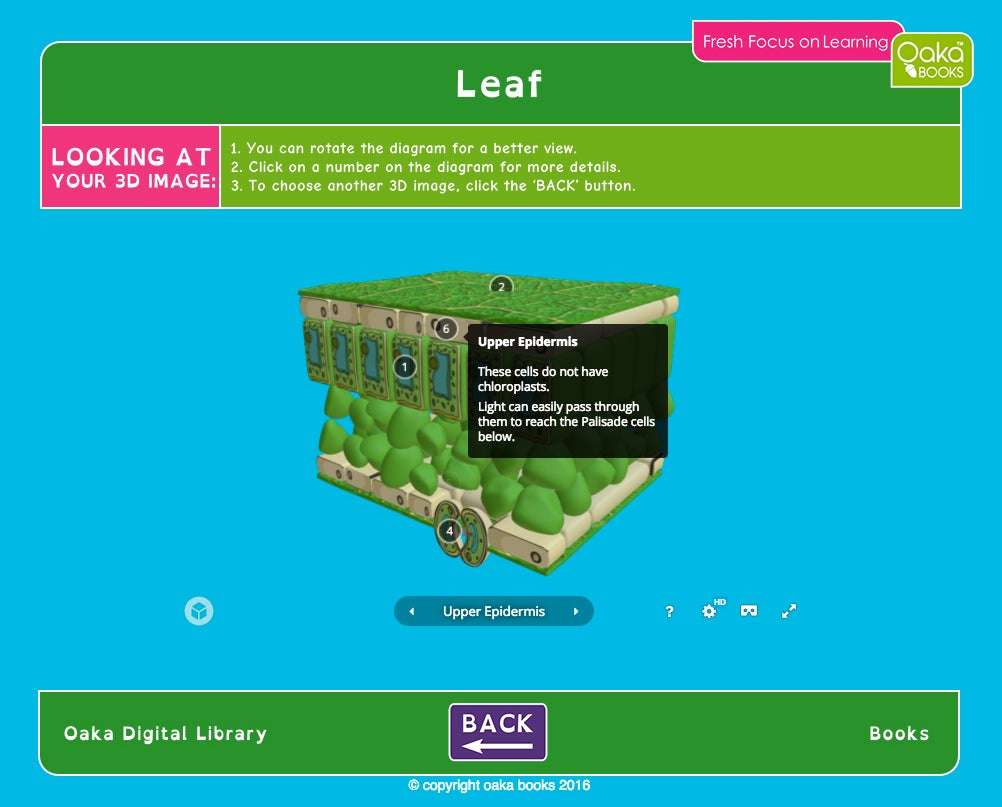Dr. Susie Nyman from the Sixth Form College in Farnborough has implemented an innovative teaching method using large-scale diagrams to help students grasp complex biological systems. As the Curriculum Manager for Health and Social Care with 24 years of teaching experience, Dr. Nyman’s approach has proven effective in making learning more visual and engaging. Below is a transcript of Dr. Nyman’s explanation.
Dr. Susie Nyman from the Sixth Form College in Farnborough serves as the Curriculum Manager for Health and Social Care. With 24 years of teaching experience at the Sixth Form College, she shared an innovative teaching method:
“My first diagram that I made on a very large scale was the heart because my students just couldn’t understand it. Since then, I’ve actually made the digestive system and used the nitrogen cycle as well. This is the flowering plant. It’s very bright and yellow, which attracts the insects. Here’s the petal. At the bottom, we’ve got the nectary that produces sweet nectar to attract the insects. The sepal is the leaf that houses the flower. We’ve got the receptacle and the male parts, which are the anther and the filament. Together, these are called the stamen. The pollen is transferred by the insect onto the stigma. The pollen grain then moves down the stigma via the pollen tube, down the style, into the ovary, and fuses with the ovule. The female parts are called the carpel.
This is the heart. Students find it really difficult to understand the left and right-hand sides of the heart, as well as the different parts of the heart. So, we developed this walk-in heart to help them understand. Here, the deoxygenated blood comes from the body in the vena cava. It then passes into the right atrium. The students remember the word atrium because it’s the biggest room in a Roman house. Here we’ve got the tricuspid valve that separates the right atrium from the right ventricle. From the right ventricle, the blood goes through the pulmonary artery. It then passes up to the lungs where the blood is oxygenated and then the blood comes back into the left-hand side of the heart through the pulmonary veins into the left atrium. You ‘try before you buy’, therefore this is the bicuspid valve, going into the left ventricle, up through the semi-lunar valve, and then out through the largest artery in the body called the aorta.”





